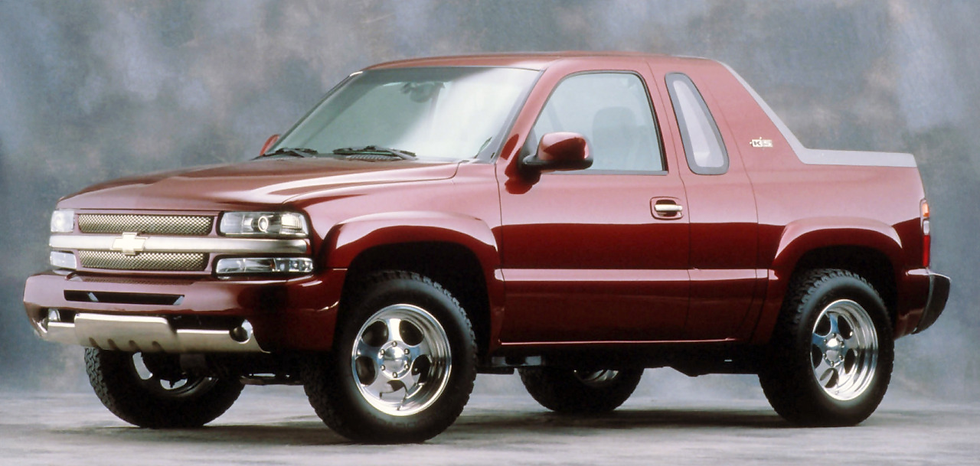2003 Vauxhall VX Lightning Concept
- Story Cars
.png/v1/fill/w_320,h_320/file.jpg)
- Nov 3, 2024
- 2 min read

The 2003 Vauxhall VX Lightning Concept marked a significant return to the brand's performance roots, being the first purely British Vauxhall concept since the 1978 Vauxhall Equus Concept. Designed at GM's Advanced Design facility in Coventry, the VX Lightning features classic roadster proportions, with a long bonnet and short rear overhang, reflecting a design language reminiscent of earlier British sports cars.

Unveiled in May 2003, the VX Lightning celebrated Vauxhall's centenary and showcased GM's commitment to integrating Vauxhall into its global organization. It is built on the same rear-wheel-drive platform as the Pontiac Solstice, emphasizing the brand's dedication to driving excitement and performance. The concept car boasts a modified 2.2-liter Ecotec engine equipped with a supercharger, delivering 240 horsepower and 305 Nm of torque. This powertrain, combined with a six-speed manual transmission and fully independent suspension, allows the VX Lightning to accelerate from 0 to 100 km/h in under six seconds and achieve a top speed of 245 km/h.

Despite its striking design and performance credentials, questions arose about the VX Lightning's market viability. Many wondered if it would replace the VX220, a mid-engine roadster that struggled in sales despite its Lotus Elise lineage. The introduction of the Lightning faced challenges in a competitive landscape filled with established small sports cars like the Mazda MX-5 and Audi TT, which enjoy stronger brand prestige.

Vauxhall's management acknowledged the difficulties, with the managing director, Kevin Wale, noting that the VX Lightning aims to reclaim the company's heritage as a maker of true English sports cars. However, the brand's historical reputation in motorsport is limited, and the market for such vehicles was saturated with strong competitors. While the VX Lightning is undoubtedly a beautiful car that embodies Vauxhall's aspirations, its place in the market remained uncertain amid these challenges.




























Comments